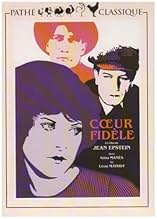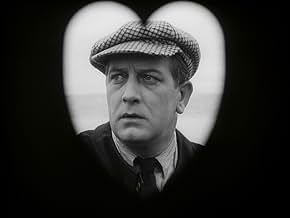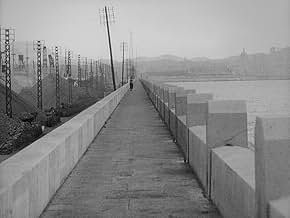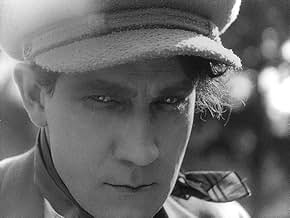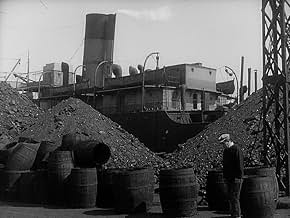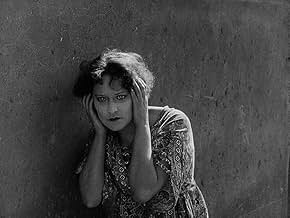Paris, France in the early 1920s became a hotbed of the avant-garde and surreal movements, emphasizing the visual in painting, photography and especially in cinema. Mood, feelings, tones, and dreams could explain such an irrational world Europe had experienced during The Great War more than any rational thought, adherents to those movements felt. Two French impressionist films produced in 1923 related to the Paris art scene created a long-lasting impact in cinema.
It's a rarity movie critics have such an influence on the future of cinema while applying their theories to actual motion picture making. Polish-born/French resident Jean Epstein was part of that rare breed of observers and innovators in film. The writer composed several highly-influential articles focused primarily on the visual forms in cinema. Epstein expanded the idea of 'photogenie,' a term used as early as 1874 to define photography that contained more art than just simple portraits or landscapes. By inserting an aesthetic priority into movies, Epstein articulated the separation between the auteur and the more straight-forward fillmmakers' in the metteurs-en-scene camp.
Epstein knew the practice of filming stage plays in their entirety and presenting them on the big screen was not taking advantage of what cinema had to offer. He frowned upon the heavily-laden, overly-complex plots the film industry was producing; he favored the more visual, simple narratives. Camera placements where movement takes place, especially positioned in areas such as he did on a merry-go-round, plays a part in photogenie. He especially emphasized the close-up as an integral element in his philosophy. He claimed there is none greater movement than framing a close-up of the movie's characters where faces can express their inner emotions and souls. No finer example of Epstein's point is the finale of Segio Leone's 1966 'The Good, the Bad and the Ugly,' where the three combatants in a circle are seen in extreme closeups before shooting.
Epstein's numerous articles were eagerly read by filmmakers home and abroad. 'The Senses,' 'Magnification,' 'On Certain Characteristics of Photogenie' among others helped define the uniqueness of cinema and its artistic merits. He was especially impressed by Abel Gance's 1922 'La Roue' with its rhythmic montage of quick cuts following the opening train crash. Epstein's explanation on the varying short edits anticipated Soviet Union's Sergei Eisenstein's work on montage editing.
Epstein was unusual in that he possessed the ability to not only express deep intellectual treatises on cinema's uniqueness, but was able to display his theories on screen. His November 1923's "The Faithful Heart"-"Coeur fidele" in French-illustrates the critic's written statements on film. He claimed he and his sister drew up its simple plot in one night. Their narrative served the purposes Epstein had in mind, where "a melodrama so stripped of all the conventions ordinarily attached to the genre, so sober, so simple, that it might approach the nobility and excellence of tragedy."
The story deals with an orphan adopted by a bar-owner and is an object of love by a lazy thug. Counterbalancing the undesirable Petit Paul is a hard-working dockworker, Jean, whom Marie, the orphan, loves. Through a series of fights, Petit Paul and Jean vie for Marie, who is swept by the tide of one, then by the other. Epstein's realistic display of the gritty Marseille France docks and the sordid surroundings of the trio's were inspirational to future French directors such as Jean Vigo and Marcel Carne.

